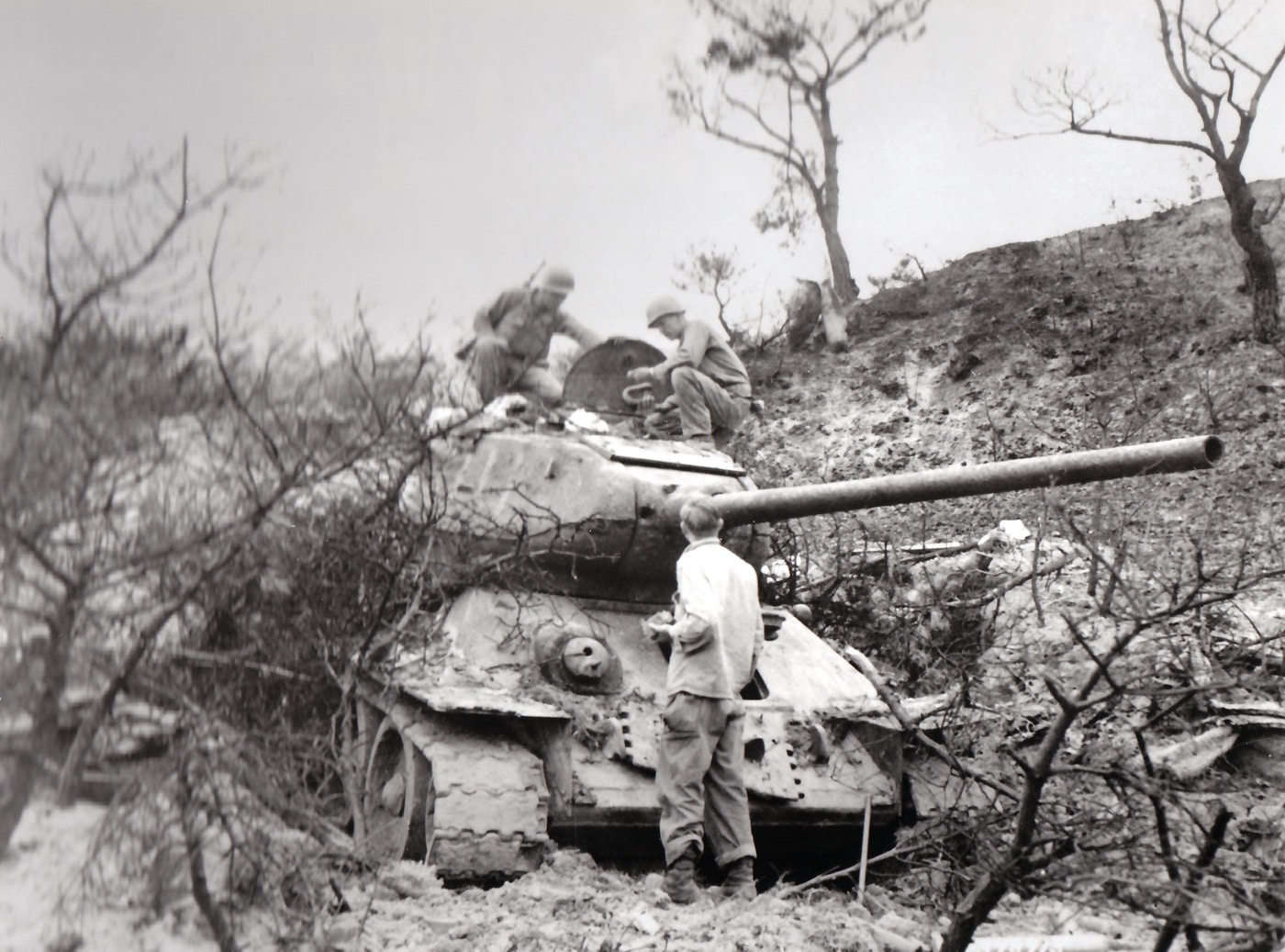The communist assault on South Korea began at dawn on June 25, 1950, with the Korean People's Army (KPA) crossing the 38th parallel under a Soviet-style attack. Soviet advisors who were in North Korea since 1949 aided this well-coordinated assault. North Korean divisions were further strengthened by Mao's contribution of seasoned Chinese soldiers, and Stalin supplied warplanes, artillery, and tanks, including the T-34/85. At that time, South Korea had no tanks and very few anti-tank weapons to counteract. This imbalance gave the KPA a significant advantage, which they exploited brutally.

Known as one of the best medium tanks of World War II, the T-34/85s were provided to North Korea by the Soviet Union in significant numbers, giving the KPA a modern, formidable force against which the South Koreans had no effective countermeasure. Initial American reinforcements, including the ill-equipped Task Force Smith, couldn't initially stop these tank advances due to inadequate anti-tank weapons, which led to severe US and allied casualties. However, U.S. forces began to adapt quickly, with improved armor and armaments like the 3.5” “Super Bazooka,” which eventually helped level the playing field against the previously deemed "unstoppable" T-34/85, especially in urban combat situations such as the fierce Battle of Taejon.
The U.S. response and adaptation during these early challenges led to the rapid deployment of more effective tanks, such as the M26 Pershing and later, the M46 Patton, turning the tide in favor of U.S. and United Nations forces. By the end of 1950, the invincibility of the T-34/85 had diminished significantly, with the strength of American armored units vastly improved. Despite the initial setbacks, this conflict underlined the importance of maintaining strong anti-tank capabilities. Although the T-34/85 lumbered on in various global conflicts for decades, the Korean War marked the beginning of the end for its supremacy as a dominant armored force.
For
No comments:
Post a Comment